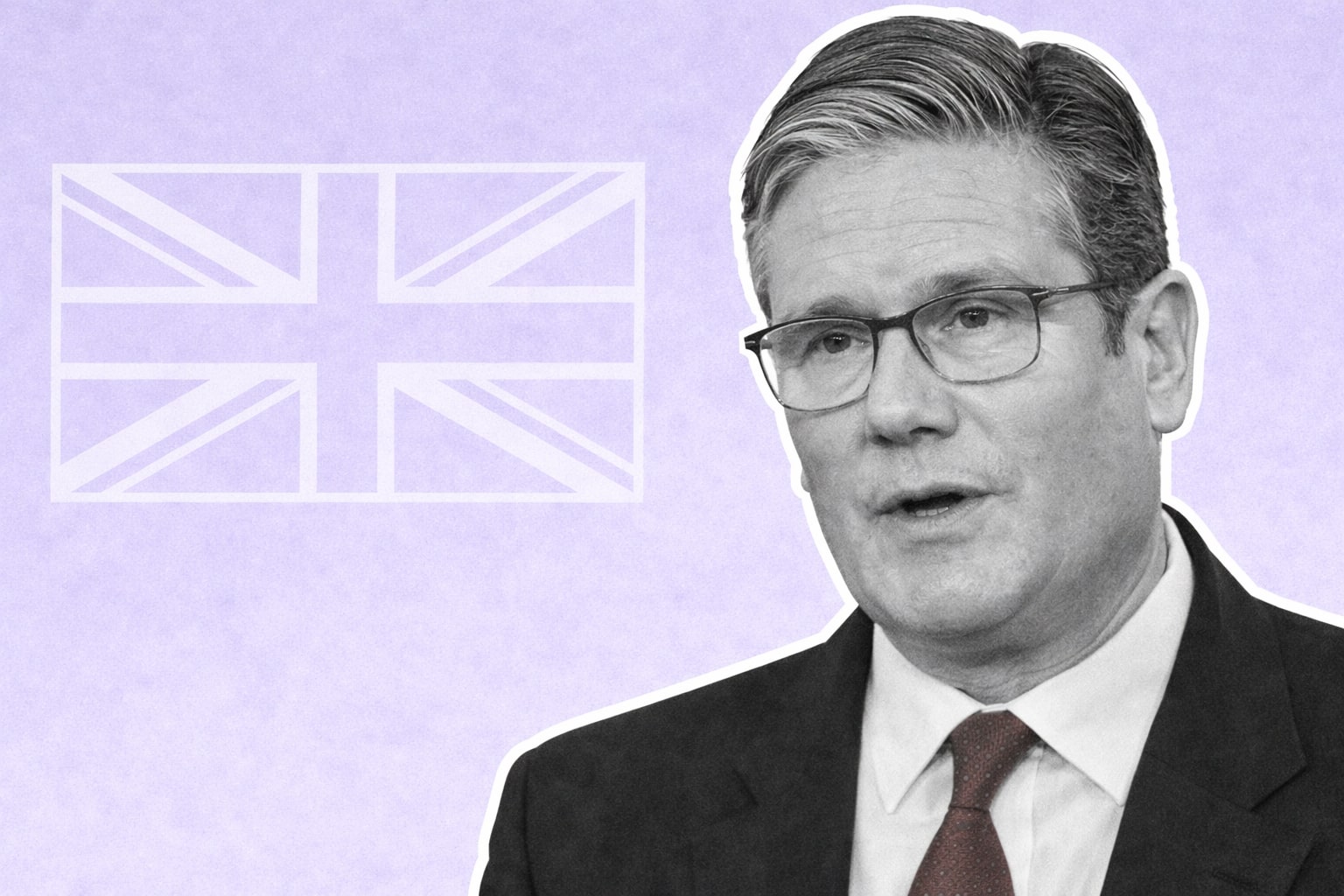
What Is The GDP To Debt Ratio Of The US?
US GDP to Debt Ratio and its Economic Ramifications
The United State's macroeconomic policy has shifted significantly in an age characterized by historically low unemployment rates, a tight labor market, and unprecedented inflation since the 1970s. Policymakers have switched from initially helping the economy during the epidemic recovery to tighter monetary policy and lower fiscal assistance in 2022. The Fiscal Responsibility Act lifted the debt ceiling through 2025 and included expenditure limitations that will constrain short-term discretionary budgetary expansion. However, the possibility of a recession, combined with automatic stabilizers such as lower tax income, might increase the government deficit and, as a result, the debt-GDP ratio. A mix of interest rates, inflation, economic growth, and the execution of long-term government deficit-cutting programs will determine the ability to stabilize the ratio.
The Current Debt Landscape: The Congressional Budget Office (CBO) recently projected a $2.3 trillion deficit for 2021, further exacerbating the national debt. Despite President Biden's plan to fund programs through tax increases, economists argue that these measures are unlikely to cover government outlays adequately. As a result, the national debt, which currently stands at $28.2 trillion, is expected to grow even faster. Furthermore, when accounting for unfunded liabilities, the total debt burden exceeds $120 trillion. The market's perception of these obligations remains uncertain, as a government's ability to roll over debt indefinitely is contingent on the market's willingness to absorb Treasury securities at given price levels and interest rates.
A Dangerous Level of Debt: The US debt-to-GDP ratio measures the extent to which the country's borrowings exceed its annual GDP.
The US debt-to-GDP ratio is around 129%.
This figure indicates that the US government's debt is nearly a third larger than the US economy. Even though it's important to remember that the US has more economic potential and currency, unlike Greece during its debt crisis in 2010, the current debt-to-GDP ratio shows that the US is in new territory. It's higher than the ratio at the end of World War II when the country had one of the most enormous forces in history.
The Market's Role and Potential Consequences: According to economist David Andolfatto, the market, not the government, ultimately chooses what level of debt is acceptable. While it is unclear how high the debt-to-GDP ratio might increase, the implications of excessive debt are severe. If the market views the debt burden as unsustainable, demand for Treasury securities may fall, resulting in higher government borrowing costs. The recent spike in cryptocurrencies can be interpreted as market participants hedging against potential hazards related to the degradation of the US currency and the debt burden.
Trends and Factors Affecting Debt-to-GDP: The debt-to-GDP ratio has declined after an initial increase during the COVID-19 epidemic. This tendency can be linked to the significant nominal GDP growth since the economy's reopening. It is vital to highlight that inflation significantly impacts debt dynamics since it affects the revenue base. Inflation can counteract the negative impacts of deflation on the tax base, sustaining or even boosting tax income. As a result, inflation reduces the debt burden, making nominal measurements more meaningful in debt service calculations.
Fiscal Policy and Reforms: Comprehensive and long-term fiscal reforms are essential to handle rising debt levels. Balancing debt reduction with economic growth support is a difficult task. Policymakers must carefully assess strategies to minimize deficits, implement fiscal discipline, and identify areas for budget cuts that do not jeopardize vulnerable populations. Long-term budgetary stability and development require striking the appropriate balance.
Future Prospects and Uncertainties: The direction of the US debt-to-GDP ratio is still unknown. Interest rates, inflation, and economic growth can all affect the debt-to-GDP ratio.
Experts say it will keep going up over the next ten years.
Is it a Good Time to Invest in the US Stock Market?
As the debt burden continues to rise, policymakers face the challenge of managing and reducing debt while supporting economic growth. Sustainable fiscal policies, prudent spending, and a balanced approach are essential to achieving long-term fiscal stability. Ongoing monitoring of the debt-to-GDP ratio, implementation of necessary reforms, and finding the proper equilibrium between fiscal responsibility and economic growth are vital for securing the nation's financial future.
Read More
-
Pagaya Stock Price Forecast - PGY at $23.20: Is PGY Stock the Cheapest AI Fintech of 2026?
19.12.2025 · TradingNEWS ArchiveStocks
-
XRP Price Forecast: XRP-USD Stuck at $1.87 With $3 2026 Target and $10–$25 Long-Term Range
19.12.2025 · TradingNEWS ArchiveCrypto
-
Oil Price Forecast: WTI Near $56 and Brent at $60 Signal Risk Toward $50
19.12.2025 · TradingNEWS ArchiveCommodities
-
Stock Market Today: AI Chip Rally Lifts Nasdaq as $7.1T Quad Witching Hits
19.12.2025 · TradingNEWS ArchiveMarkets
-
GBP/USD Price Forecast - Pound at 1.34 As BoE Cut And Soft Dollar Keep Bullish Path Toward 1.35
19.12.2025 · TradingNEWS ArchiveForex



















